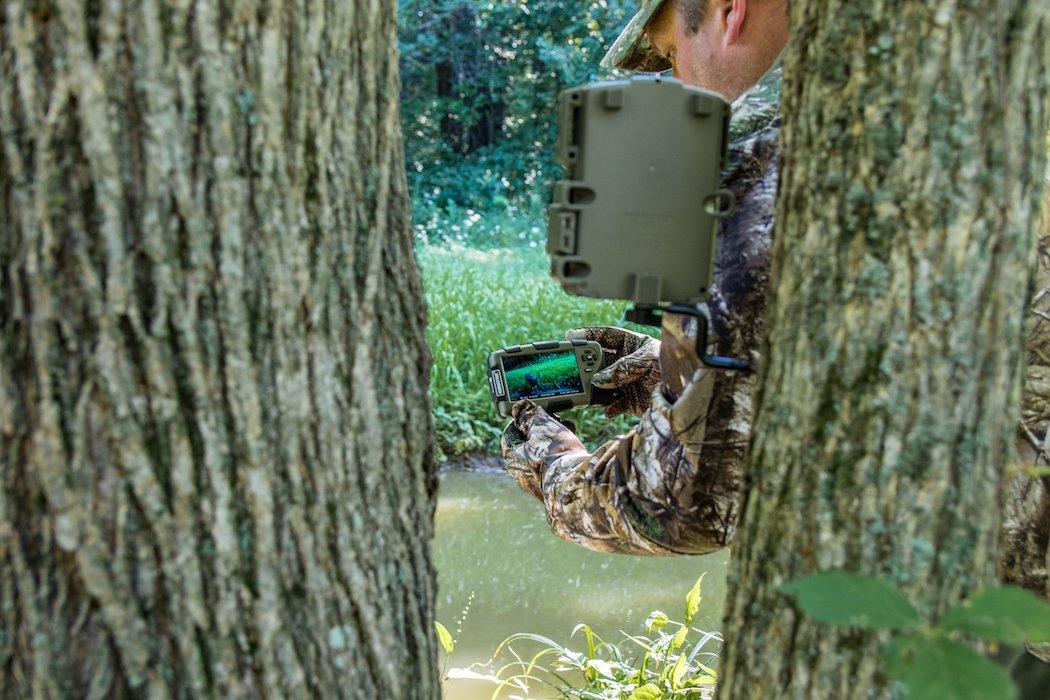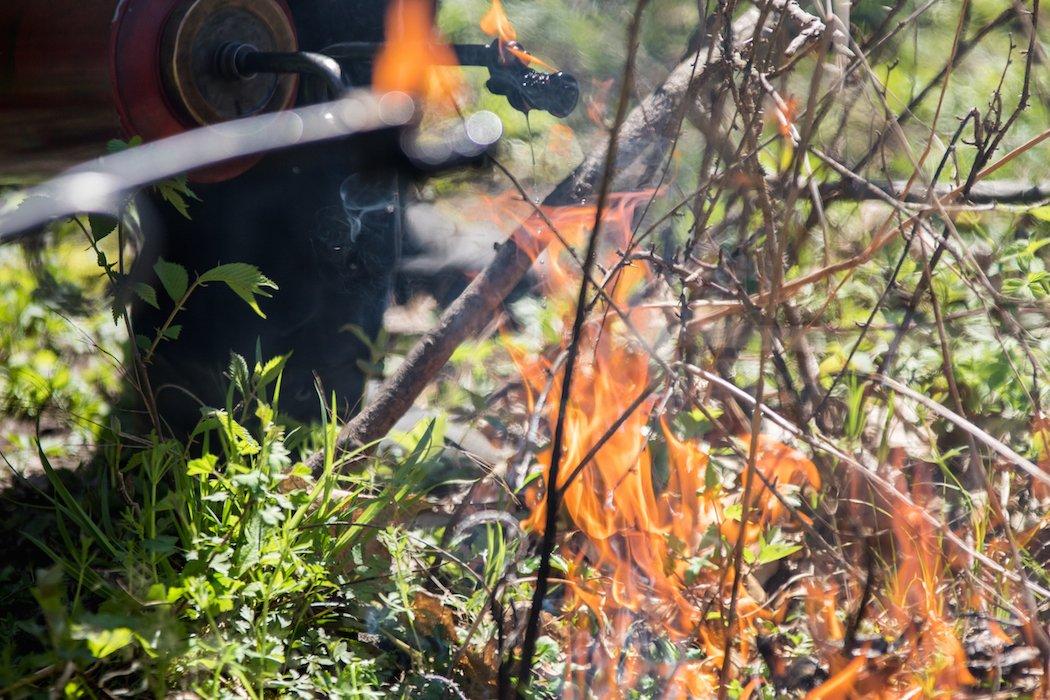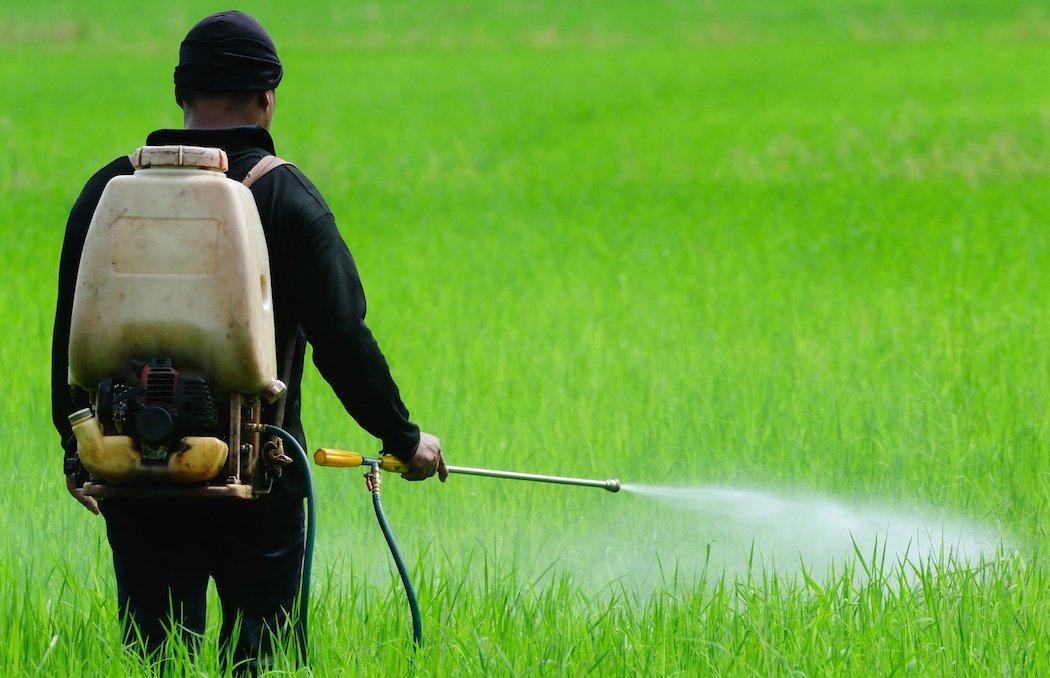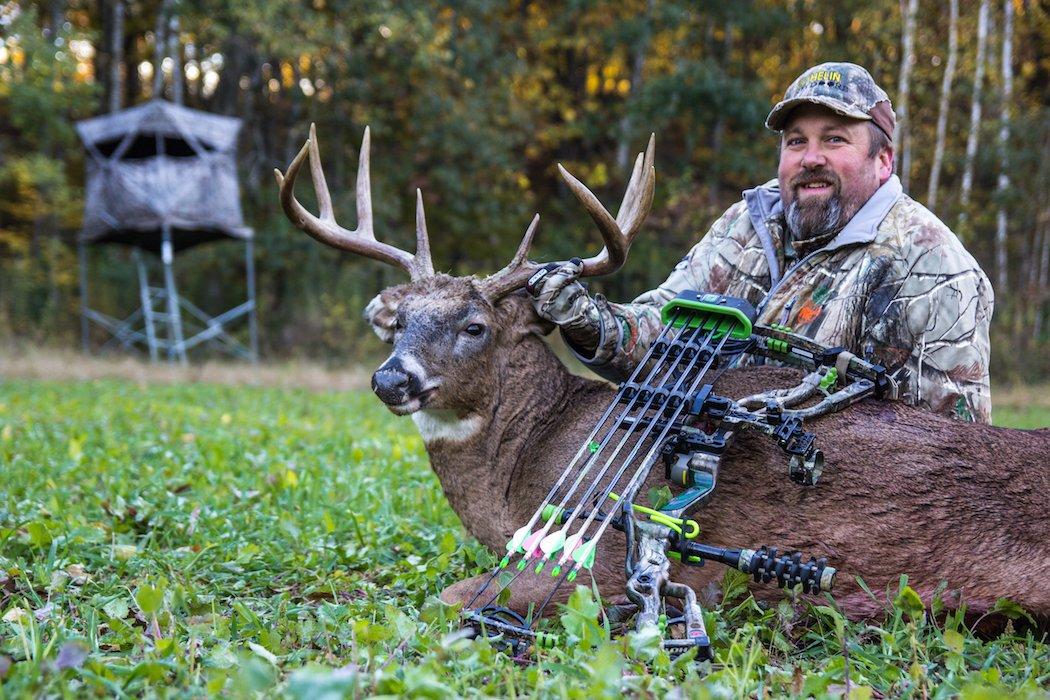Art Helin's Land Management Tips for Holding More Deer
Editor's Note: Art Helin is a television host, wildlife photographer and devout outdoorsman. But he's more than that ‚ he's a steward of the land and of the whitetail. Part of being a steward is doing whatever is necessary to help the local deer herd. For those who want to increase the number of deer and hold more whitetails, there's a few things you can do. Here are eight of Helin's top tactics for doing just that.

Small tracts of land need as much food diversity as possible. Try and split up food plots into sections. Having part of them as spring/summer plots (alfalfa/clover mixes) and the remaining in a fall/winter plot (beans/corn/brassicas) allows more food overall and less distance for animals to travel for food throughout the year.
Don't Miss: 10 Feeding Habits of Mature Deer
Photo credit: Wild Reflections Photography / Art Helin

Good water on small tracts is essential. Ponds that are 3 to 4 feet deep have better stratification which helps the clarity and overall health of the water ‚ essentially helping the heath of the animals. These small ponds hold more natural minerals and plant proteins than creeks and tubs. Two to three of these strategically placed on small tracts of land will draw and hold more deer.
Don't Miss: 5 Watering Habits of Mature Deer
Photo credit: Wild Reflections Photography / Art Helin

TSI areas are different from hinge-cut areas. These areas create great thermal bedding areas throughout the winter and spring along with winter browse. Furthermore, hinge-cut areas create access routes along with summer and fall bedding. Hinge-cutting can be tricky. If you do it wrong or at the wrong time of year, you will kill off the entire area. I would suggest you hire someone who is good at it or start small and learn the trade before going big and messing up your small tract of land.
Photo credit: Wild Reflections Photography / Art Helin

Have your soils (plots) tested regularly, as plant growth and palatability depends on soil nutrients. Fertilize and lime regularly. Soil tests will confirm what and how much to fertilize with.
Photo credit: Wild Reflections Photography / Art Helin

Not only do you want to do controlled burns to help with non-native invasive plants in your CRP (conservation reserve program) field but this is also a great way to improve your woods and oak savannah areas by doing a timber burn. This promotes new native habitat along with great bedding and natural food sources.
Don't Miss: Prescribed Burning for Wildlife Habitat
Photo credit: Wild Reflections Photography / Art Helin

Not only is spraying weeds in your food plots necessary but so is taking care of invasive weeds. Garlic mustard is becoming a huge problem and is very invasive. This weed you either need to pick or spot spray. But you need to get this weed under control as soon as possible. Make sure you are keeping all invasive trees and weeds under control by spraying them with the properly recommended chemicals during the growing season.
Don't Miss: How to Spray Food Plots
Photo credit: Shutterstock

Fruit trees and natural nut trees are great additions to managing your land as well as providing more food for wildlife. Fruit trees and nut trees provide nutrients for the soils as the fruit and nuts decay. Over time, they put new organic matter back into the soil. If you have oak trees that produce acorns, I like to fertilize them every other year. This produces more acorns and also gives new fertilization to the soils, so when and if something happens to the tree, the soil will be fertile enough to produce new oak regeneration from the dormant seed already in the ground.
Don't Miss: 10 Trees That Will Hold Deer on Your Hunting Property
Photo credit: Shutterstock

Managing wildlife is a big part of land management. Keeping numbers of animals in check is a necessity. If we allow the herds to get too big, the animals over-browse ‚ killing off your undergrowth used for bedding and browse. This essentially will destroy new growth and regeneration of plants and trees for future use.
Don't Miss: 20 Deer Hunting Lies Your Granddaddy Told You
Photo credit: Wild Reflections Photography / Art Helin
Are you a deer hunter wanting to learn how to accomplish your goals? Check out our stories, videos and hard-hitting how-to's on deer hunting.






